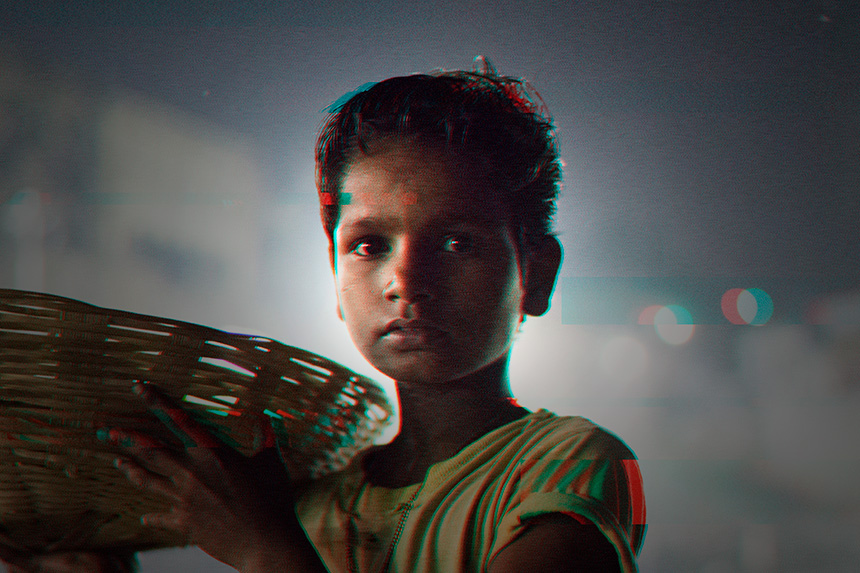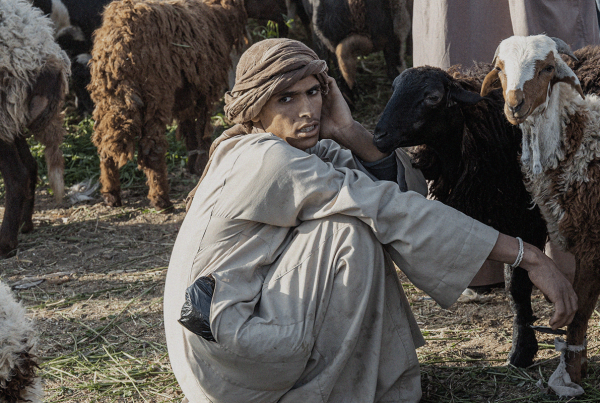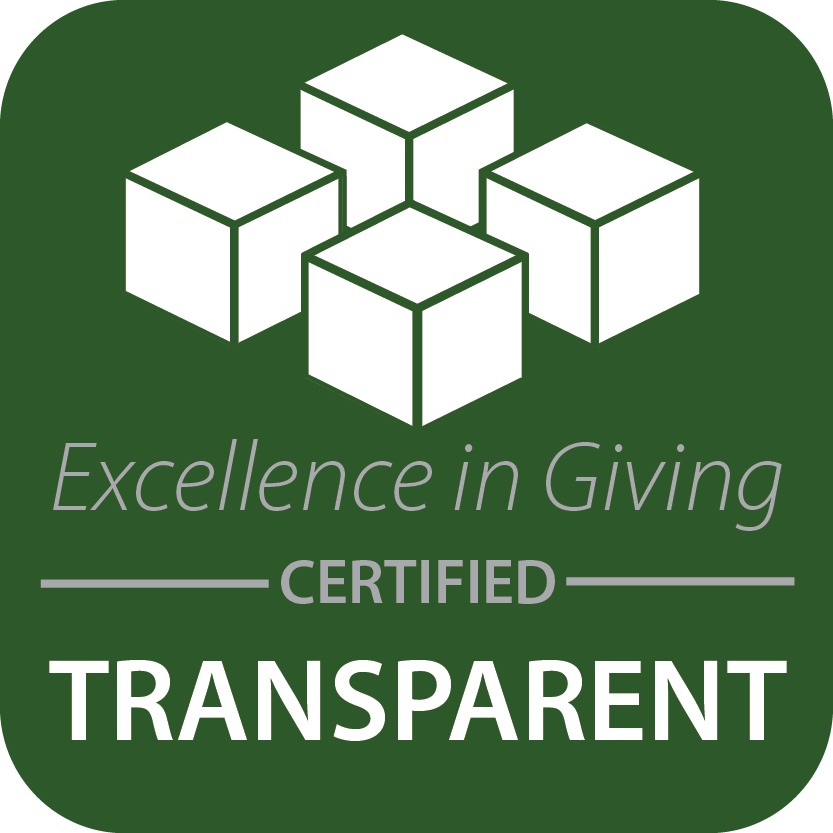When was World Day Against Trafficking in Persons started?
The day was officially established on December 18, 2013 by the United Nations General Assembly resolution 68/192.
According to the resolution, the U.N. “decides, in the context of the need for raising awareness of the situation of victims of human trafficking and for the promotion and protection of their rights, to designate 30 July as the World Day Against Trafficking in Persons, to be observed every year beginning in 2014.”
What happens on World Day Against Trafficking in Persons?
In the years since it was established, World Day Against Trafficking in Persons has been recognized both by the United Nations Office on Drugs and Crime and by non-governmental activists and nonprofits. July 30 has become a crucial rallying point for all those seeking to end human trafficking. Many organizations use the date as an opportunity to focus on raising awareness.
Often, a blue heart is used in association with World Day Against Trafficking in Persons. The Blue Heart Campaign is a year-round initiative for human trafficking awareness and prevention. The blue heart has a dual meaning, intended to represent “the sadness of those who are trafficked, while reminding us of the cold-heartedness of those who buy and sell fellow human beings.”
Every year, the U.N. announces a specific theme for the observance of World Day Against Trafficking in Persons. The 2022 theme is “Use and abuse of technology,” recognizing that human trafficking has taken on new forms in response to a world increasingly saturated with technology.

How can you participate in World Day Against Trafficking in Persons Day?
Every person has a part to play in spreading awareness around World Day Against Trafficking in Persons. If you would like to get involved, here are four easy action steps you can take:
1. Look up and share your state’s report card
Shared Hope creates report cards that assess each state’s response to human trafficking. States are assessed on criteria including legislation that prosecutes human trafficking, prevention initiatives, and access to survivor services. You can find your home state’s report card at reportcards.sharedhope.org. Then share your state’s report card on social media as a way to build awareness in your community.
2. Support anti-trafficking legislation
Use your voice to support legislation that combats trafficking and supports survivors. Right now, you can support the Frederick Douglass Bill (formally known as the Trafficking Victims Protection and Prevention Reauthorization Act, or TVPA). The act would expand efforts to prevent trafficking, prosecute traffickers, and provide vital resources to survivors. You can find more information plus a template for a letter or a phone call to your state representative at hopeforjustice.org/tvpra.
3. Save the Human Trafficking Hotline number in your phone
The National Human Trafficking Hotline is one of the best tools that you can have on hand in case you encounter a situation of trafficking personally. If you have it saved to your phone, you can also easily send the contact information to others who might need it. Create a new contact in your phone with the hotline number: 1-888-373-7888.
4. Find and support survivor services in your area
The National Human Trafficking Hotline is one of the best tools that you can have on hand in case you encounter a situation of trafficking personally. If you have it saved to your phone, you can also easily send the contact information to others who might need it. Create a new contact in your phone with the hotline number: 1-888-373-7888.







